The Week on Stage: From Who’s Afraid of Virginia Woolf? to How did we get here?
A guide to the week’s theatre, dance and opera
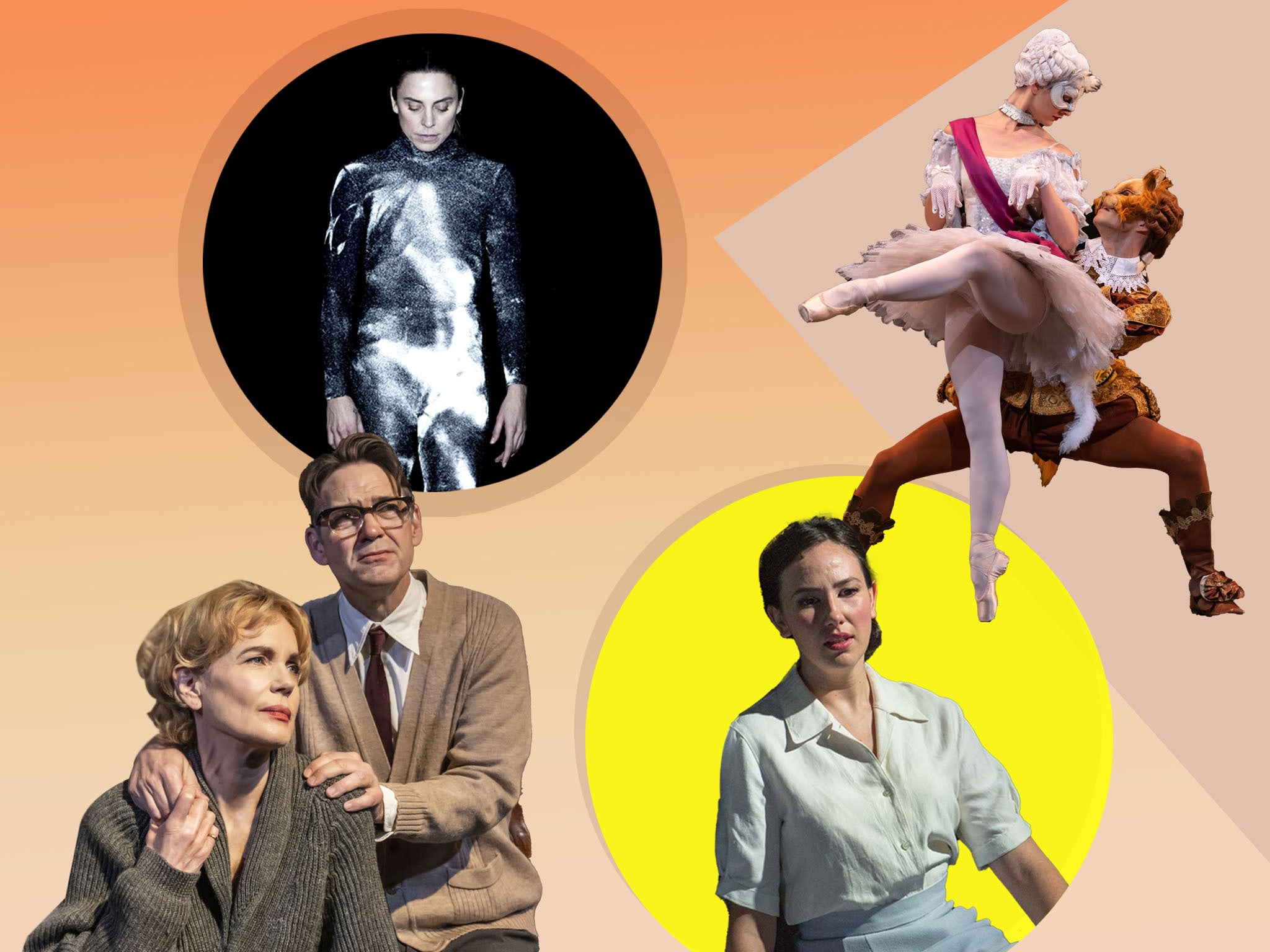
This week, Melanie C makes her contemporary dance debut at Sadler’s Wells, a magnificent revival of Who’s Afraid of Virginia Woolf? opens in Bath, and the Irish National Opera tells the tragic story of JFK’s sister.
Who’s Afraid of Virginia Woolf? – Theatre Royal Bath ★★★★☆
In Edward Albee’s classic Who’s Afraid of Virginia Woolf?, George and Martha are roles made for powerhouses. From Richard Burton and Elizabeth Taylor in the 1966 film to Conleth Hill and Imelda Staunton in the West End in 2017, it takes a special gravitas to bring the sadistic, cat-and-mouse games of these warring spouses to life. In the Theatre Royal Bath’s new production, it’s Elizabeth McGovern and Dougray Scott who are ready to fight, in a production that is as exhilarating as it is traumatic. God help us all.
As the unhappily married couple, McGovern and Scott play a complex round of verbal tennis. McGovern is poised, berating her failure of a husband yet descending to his level in their emotional battles. Then their guests, young and polite couple Nick (Charles Aitken) and Honey (Gina Bramhill) arrive for a soirée at their well-lived-in home, where paisley carpets and furniture are piled upon dark wood, and the games begin.
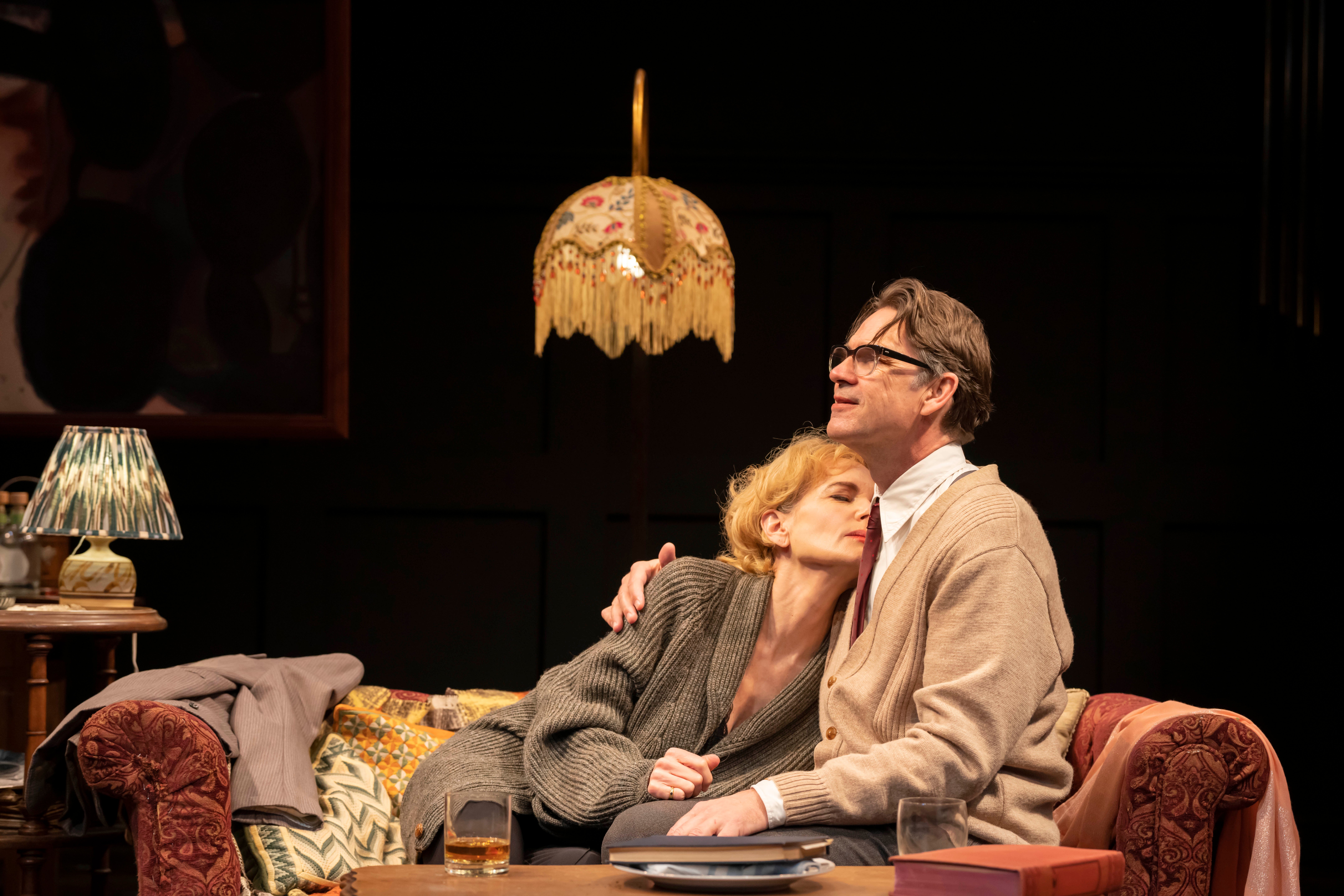
The fun of Albee’s play stems from keeping track of who has the upper hand. George and Martha coo in nauseating baby voices, then spit in each other’s faces. It’s a cycle that feeds itself: after one particularly vicious argument, they leap on each other and kiss like horny teenagers.
Watching from the sidelines, in horror, bewilderment and maybe even intrigue, are Nick and Honey. McGovern and Scott are the more senior performers, yet Aitken and Bramhill hold their own and, in moments, even outshine their older counterparts. As Nick, Aitken operates at a level of constantly simmering tension, the veins in his arms on the brink of bursting at any moment. Bramhill, meanwhile, is a scene-stealer, bringing expert humour to a difficult role and making Honey’s descent into total despair all the more upsetting.
Who’s Afraid of Virginia Woolf clocks in at over three hours long, with two intervals. But – bar an excessively shouty stretch in act two – the performances are unpredictable enough to keep the audience gripped. Once it’s all over, and bottles have been smashed, lipstick smeared, and secrets – true or not – unleashed, the silence that remains is as deafening as the shouting. “It was awful, really,” Martha says. “It was funny, but it was awful.” Albee’s play in a nutshell. Isobel Lewis
how did we get here? – Sadler’s Wells ★★★☆☆
From Spice World to the bare sets and bodystockings of contemporary dance: Spice Girl Melanie C takes on a new form with complete conviction in Jules Cunningham’s how did we get here? It’s an austere, uneven piece, but dancers Cunningham, Harry Alexander and their starry guest have a shared focus and camaraderie.
Cunningham, who first made their name as a dancer with the Merce Cunningham company, mixes pure dance and an interest in identity. They make no concessions to the world of showbiz, though fans might be reassured when Mel C gets the first solo sequence. how did we get here? started and ends with questions: performers in the studio, working out the different ways they move and feel.

With its focus on pure movement, Cunningham’s choreography is exposing – but it’s also all about being in the body, and Mel C is absolutely grounded in herself. It’s no surprise that she has a great stage face and confident presence. She meets this new style with openness and honesty.
The dancers, and the sense of connection between them, are its best quality. Alexander, known for his brilliant work with Michael Clark, is superb. There’s a glowing power to his movements, limbs unfolding with radiant ease. The three performers may not have all the answers, but the questions are heartfelt. Zoe Anderson
Least Like the Other – Royal Opera House ★★★☆☆
The subject of Least Like the Other is Rosemary Kennedy, the older sister of JFK whose existence was kept a closely guarded secret for most of her long life. In 1941, her father secretly arranged for her to have a pre-frontal lobotomy – an operation in which two holes are drilled into the skull and the links between the frontal lobes and the rest of the brain are physically severed. At the time, this procedure was popular as a method of “curing” people who were considered “difficult”, but it often went disastrously wrong.
And it did so in Rosemary’s case, leaving her with the mental age and muscle control of a two-year-old. Enter composer Brian Irvine and director Netia Jones, gripped by the story and determined to make an opera out of it. Netia Jones is justly famed for her brilliance in melding live with projected action, and that meld is the keynote of this 70-minute show. But it’s also the foundation for a uniquely ambitious piece of stagecraft, with a live instrumental accompaniment of provocative boldness: my ears have never been assaulted so deafeningly and raucously as by Irvine’s fortissimo blast of brass in the opening scene.
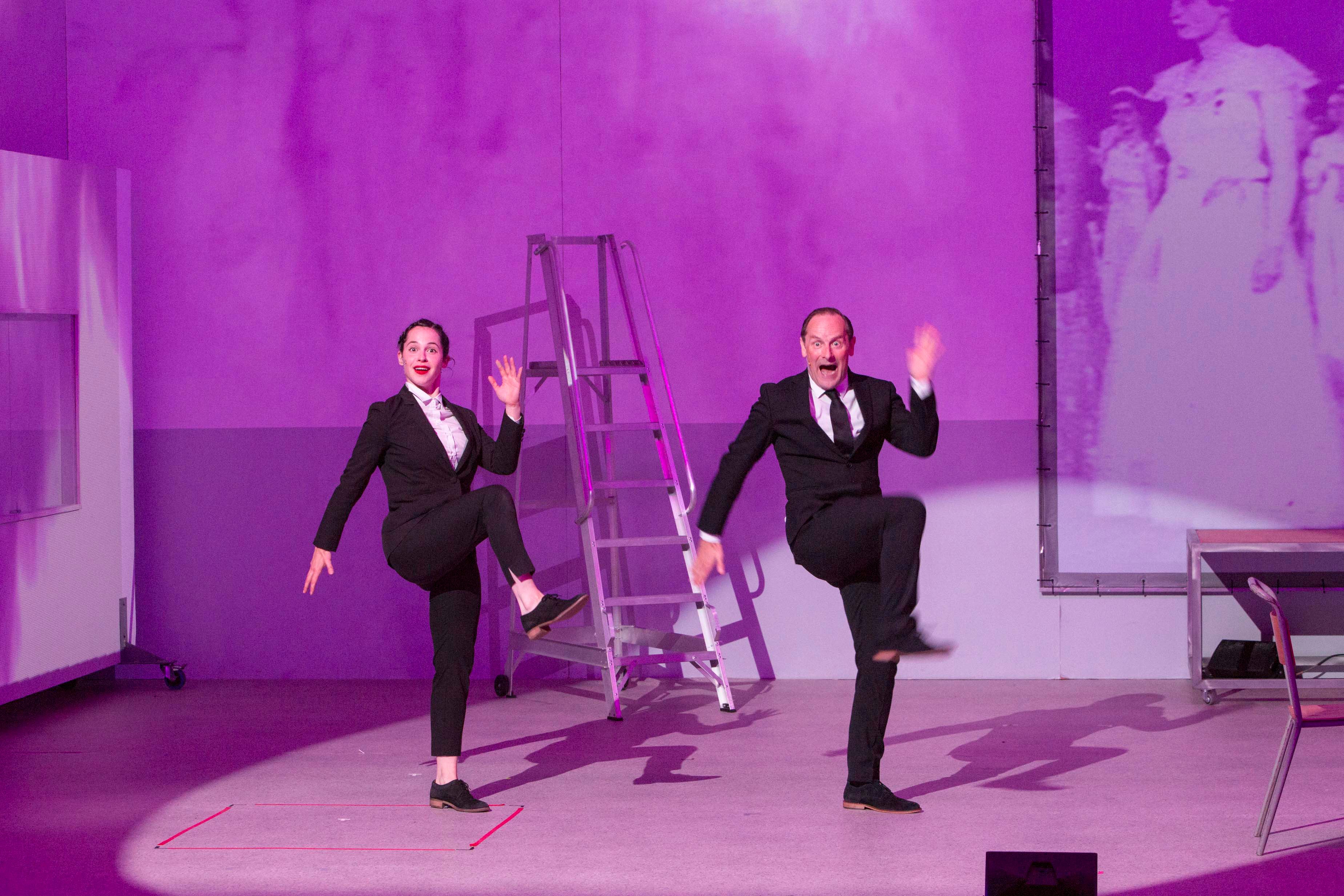
There’s a dizzying amount of stuff – often too much – going on at almost every moment in this production, but we get dazzling performances from actors Stephanie Dufresne and Ronan Leahy, while soprano Amy Ní Fhearraigh incarnates Rosemary with pathos and delicately inflected persuasiveness. Meanwhile the score – delivered by the strings and brass of the Irish National Opera Orchestra – offers a Protean display of compositional virtuosity.
But there are problems in this production – the result, I suspect, of nobody having been on hand to point out, kindly but firmly, that some scenes don’t work. There are times when the information overload is so great that it obliterates the story it purports to tell.
It’s significant that this work should have originated in Ireland, where patriarchal misogyny – sanctioned by the Roman Catholic Church – is perhaps worse than anywhere else in the British Isles. And if you look at America, where many states are now seeking to outlaw abortion, you realise that the forces that destroyed Rosemary are anything but spent. This work may speak of events long past, but it has deep significance for today. Michael Church
The Sleeping Beauty – Coliseum ★★★★☆
In the Royal Ballet’s The Sleeping Beauty, Marianela Nuñez is an enchanted and enchanting princess. This is one of the most cherished roles in ballet: both a fearsome test of classical dancing, and the chance to be the heart of a fairy tale. Nuñez makes the steps glow: in her coming-of-age scene, the lovely bend and sway of her upper body gives the sense of a girl hugging herself with joy.
For the Royal Ballet, The Sleeping Beauty has been both a touchstone and a trouble. After the Second World War, the Royal Opera House reopened with an adored production of this work – a powerful image of renewal and awakening. In 2006, when more recent stagings had been criticised, the company tried to recreate the celebrated 1946 production – chasing past glories. Oliver Messel’s designs were toned down for a modern audience, keeping the jostle of bold 1940s colours but using skimpier costume silhouettes and muted backcloths. It’s a mix of radiant and drab.
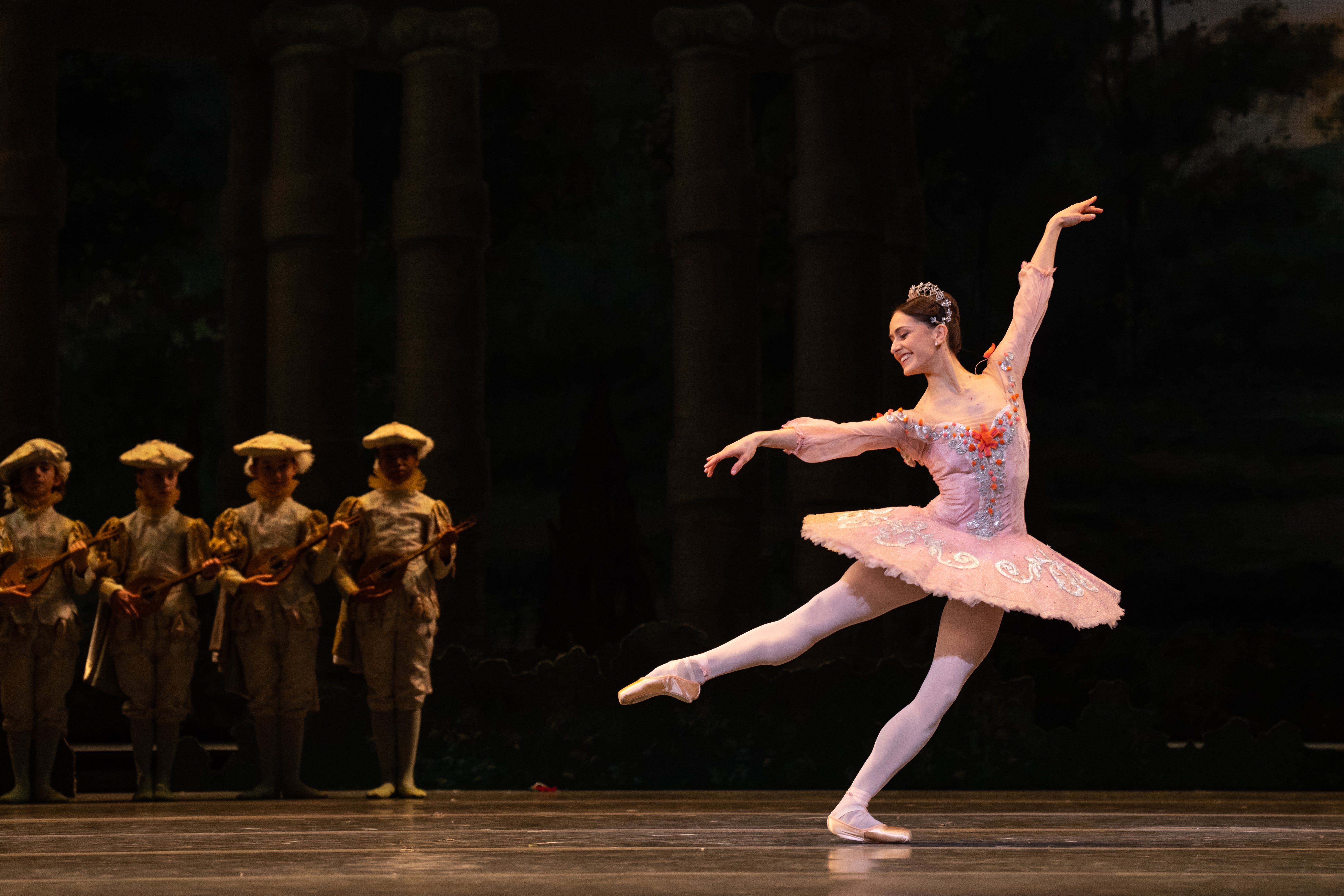
But it can still be a decent frame for a ballerina, and Nuñez pulls the whole ballet into focus. In her first solo, her jumps hang in the air, light as a petal in the breeze. In the celebrated Rose Adagio, in which she is partnered by four princes in turn, she holds steady balances but also engages with each suitor – it’s a conversation, not just a setpiece. She takes up the spindle with a sense of wonder, turning the unfamiliar needle in her hands before the curse strikes her down. This revival has come up stronger than before, with greater assurance in the company’s dancing. ZA
Join our commenting forum
Join thought-provoking conversations, follow other Independent readers and see their replies
Comments
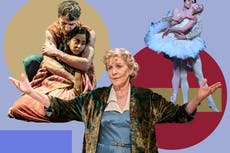

Bookmark popover
Removed from bookmarks